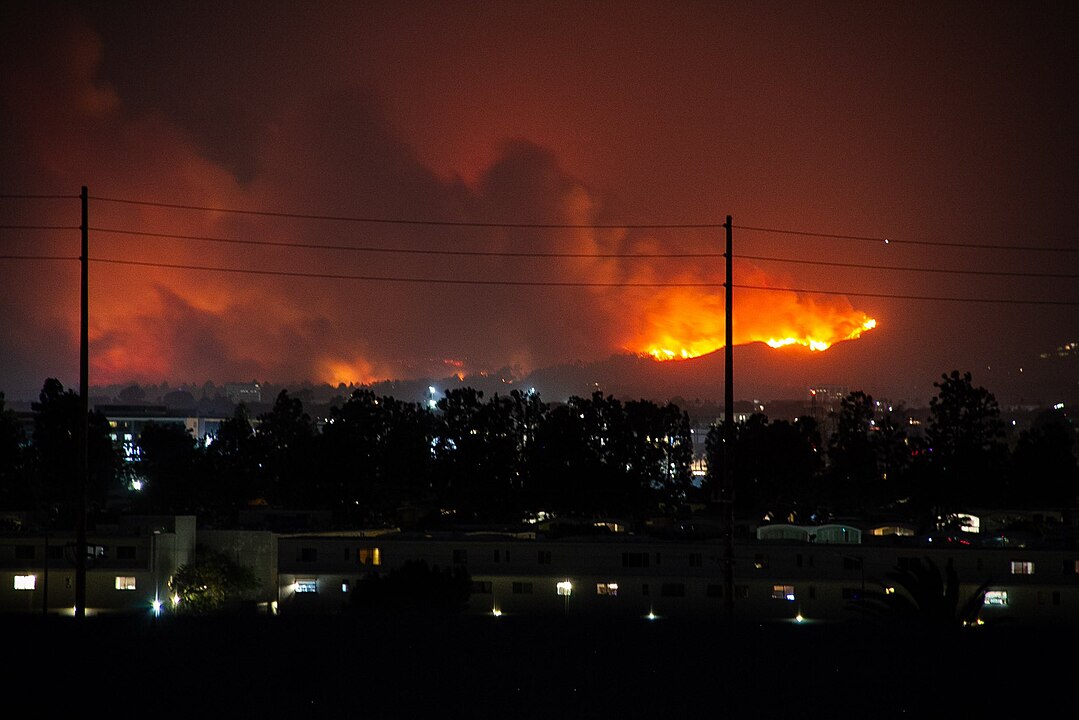Though there are still areas of exceptional drought, scattered showers in July reduced drought in south Georgia. But dry conditions increased in north Georgia. Hot temperatures plagued the whole state.
For the sixth straight month, temperatures across Georgia were above normal. In Atlanta, the monthly average temperature was 82.4 degrees F (2.4 degrees above normal), in Athens 83 degrees (3.2 degrees above normal), Columbus 84 degrees (2 degrees above normal), Macon 83.2 degrees (2.1 degrees above normal), Savannah 84.2 degrees (2.1 degrees above normal), Brunswick 84.1 degrees (1.7 degrees above normal), Alma 83.7 degrees (1.7 degrees above normal), Valdosta 83.1 degrees (2.7 degrees above normal) and Augusta 84.5 degrees (3.7 degrees above normal).
For Atlanta, this was the fifth warmest July and the fifth warmest June and July since records began in 1878. It was also the city’s second warmest February-through-July period on record. All National Weather Service stations in Georgia were in the top 12 warmest Julys and top 5 warmest June-through-July periods.
Columbus had its highest ever June and July average temperature since records started in 1948. Columbus, Savannah and Alma also set record-high average minimum temperatures for June and July since records began.
In spite of the continuing hot conditions, only one daily record high was broken. Augusta set a new record July 30 with 103 degrees, breaking the old record of 102 set that date in 1999. Brunswick tied its high of 99 degrees July 14, set last year.
Savannah set a new record streak of 56 consecutive days of 90 degrees or greater in July. The streak began May 20 and ended July 14. The old record was 44 days set in 1993.
Rain was very scattered. In contrast to June, the wettest parts of the state were in south Georgia, reducing the drought conditions there. The northern part of the state experienced less rain, and drought conditions expanded in the region.
The highest monthly total precipitation from NWS reporting stations was 6.73 inches in Alma (0.72 inche above normal). The lowest was in Athens at 1.46 inches (2.95 inches below normal). Valdosta received 6.31 inches (0.12 inche below normal), Augusta 3.46 inches (0.47 inche below normal), Savannah 4 inches (2.04 inches below normal), Columbus 3.99 inches (1.05 inches below normal), Macon 4.16 inches (0.16 inche below normal), Brunswick 4.88 inches (0.07 inche above normal) and Atlanta 2.67 inches (2.45 inches below normal).
The highest single-day rainfall from Community Collaborative Rain, Hail and Snow Network stations was 6.04 inches in Chatham County on Skidaway Island July 15. Two nearby observers reported 5.41 and 5.04 inches on the same day. An observer in Wheeler County reported 4.89 inches July 16. An observer in Wayne County reported 4.81 inches July 7. The highest monthly amount was 10.14 inches in Warm in Springs in Meriwether County, followed by 9.40 inches in Wheeler County.
Severe weather was reported somewhere in Georgia every day in the first half of the month and on five days in the second half of the month. Most of the reports were for widely scattered and localized strong winds or small hail.
Stream flows across the state continued to be low in many places, causing stress to endangered species and decreasing recreation and tourism income. Low flows on some rivers have caused fish kills due to lack of water and low oxygen levels, including Radium Springs in Albany where hundreds of fish died. Lake Lanier in northern Georgia hit its lowest level since September 20, 2009 due to evaporation and lack of runoff into the lake.

.jpg)
.jpg)





